Risk allocation and mitigation in energy projects
As the landscape for new energy projects evolves, parties are reassessing their appetite for risk and proactively seeking solutions to ensure success.

With an unprecedented momentum for the construction of new major projects linked to the shift away from fossil fuels and the development of a low-carbon economy, there is a real focus on construction law issues relevant to such projects
The widespread recognition of the urgent need to transition away from fossil fuels in energy systems, combined with a drive to decarbonize hard-to-abate industries, corporate and geopolitical tussles for supply chain security and market share for new green technologies, as well as various regulatory incentives and trade barriers, are collectively building unprecedented momentum for the investment in and construction of new major projects.
Such construction projects are no longer limited to wind, solar and other renewable energy; significant capital expenditure is also necessary to revolutionize heavy-emitting, fossil fuel-dependent industries such as steelmaking, alumina refining and cement production. This transformation may involve re-engineering existing plants to utilize clean energy sources and eliminate the need for coal and natural gas or adding carbon capture facilities to emitting plants.
As the transportation industry undergoes a revolution, entirely new industries are emerging, including pioneering projects for synthetic aviation fuel and gigafactories for batteries to support carbon-free mass transport. The rapid growth of the digital world, along with the current boom in Generative AI, is fueling the proliferation of data centers—one of the most energy-intensive building types—driving in turn their own need to limit electricity consumption and carbon footprint in order to achieve net-zero.
In this compendium, we take a closer look at the complexities and challenges of refurbishing and retrofitting brownfield industrial projects for a low-carbon future. We also explore methods for developing new data center projects in a more sustainable way, resulting in reduced carbon emissions.
The construction industry faces the challenge of finding appropriate and sustainable procurement and contracting structures for delivering these low-carbon projects. Many projects are of such scale or involve so many new technology risks that traditional procurement structures need to be revisited and challenged, often with the aim of better managing and sharing risks between the contracting parties, and ensuring the nurturing of new technologies.
We examine the growing use of multi-contract procurement structures in the US, and the use of collaborative contracting strategies in Australia, as well as an array of "green" contract provisions that have been introduced in FIDIC, NEC and JCT contracts to track ESG issues arising out of new construction projects.
Lastly, given that English law remains one of the dominant choices for governing major construction contracts in many jurisdictions, we conclude the compendium with an overview of the major recent developments in English construction law.
We hope you will find this compendium a useful and thought-provoking read, and look forward to exploring these themes as the landscape of major construction projects continues to evolve.
As the landscape for new energy projects evolves, parties are reassessing their appetite for risk and proactively seeking solutions to ensure success.
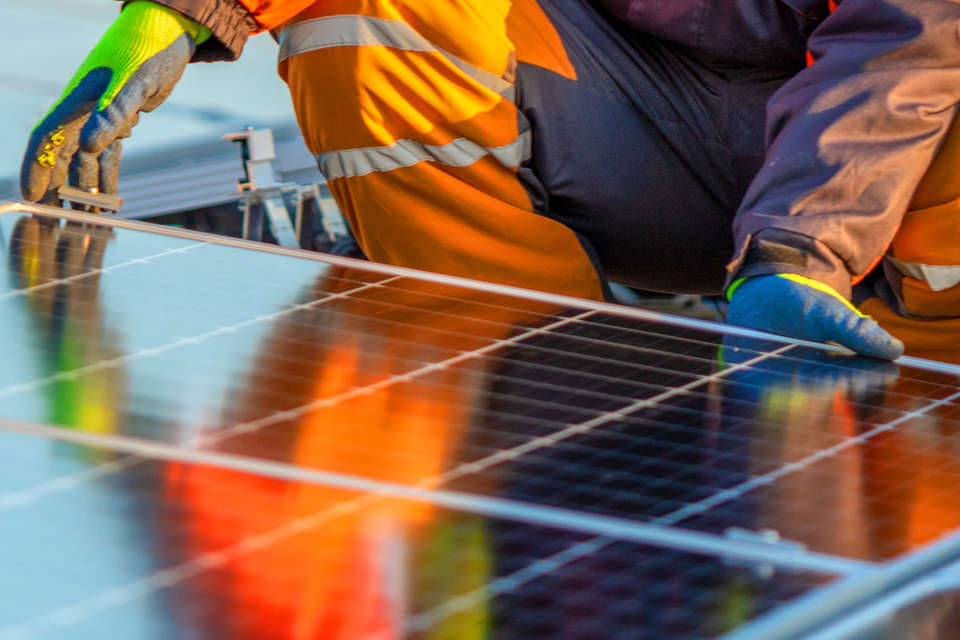
There is significant interest in investing into the rejuvenation of brownfield projects, but these projects face construction law challenges.
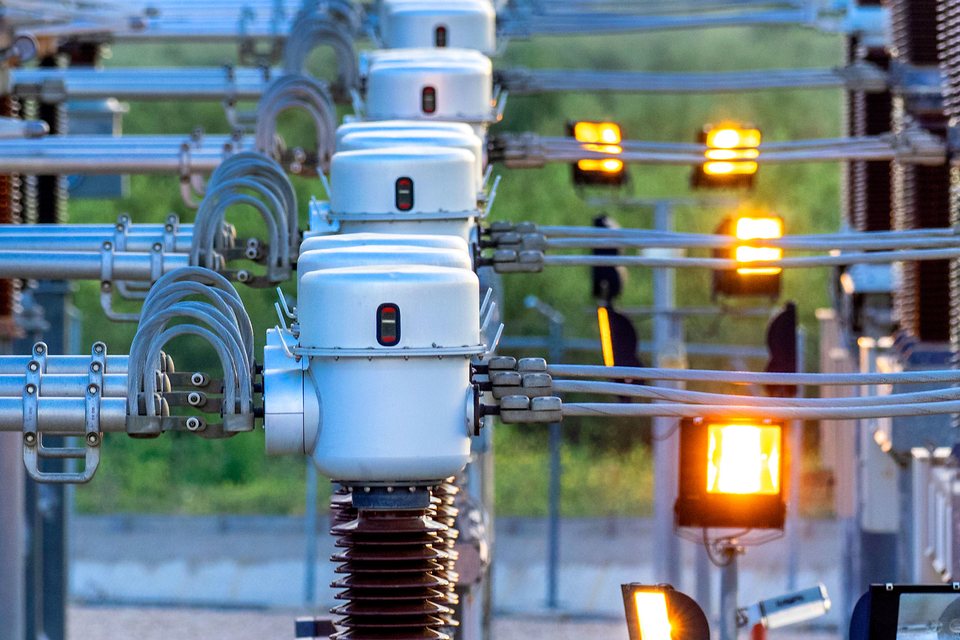
As the urgency to combat climate change escalates, the construction and engineering sectors are stepping up to the challenge. With a growing emphasis on net-zero solutions, contractual provisions tailored to sustainability are gaining momentum, highlighting a pivotal shift toward greener practices within these industries.

In recent years, escalation and price volatility have re-emerged in the global economy. The impact on large energy and infrastructure projects will be significant: Owners and contractors need to react and adapt.
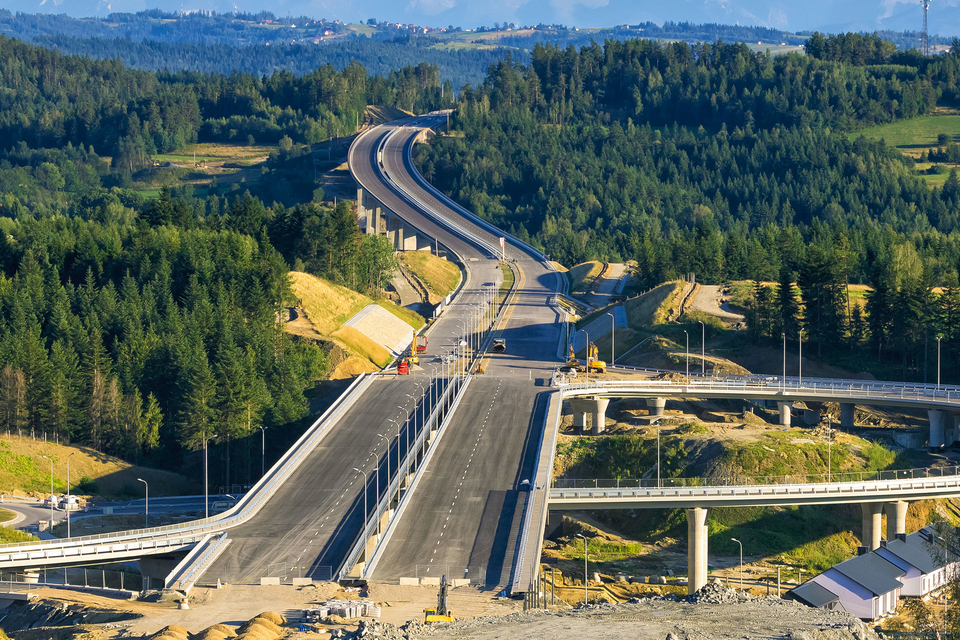
As the demand for data storage grows, so does the need for more data centers with ever-increasing capacity. We examine new ways for developers to reduce energy consumption.
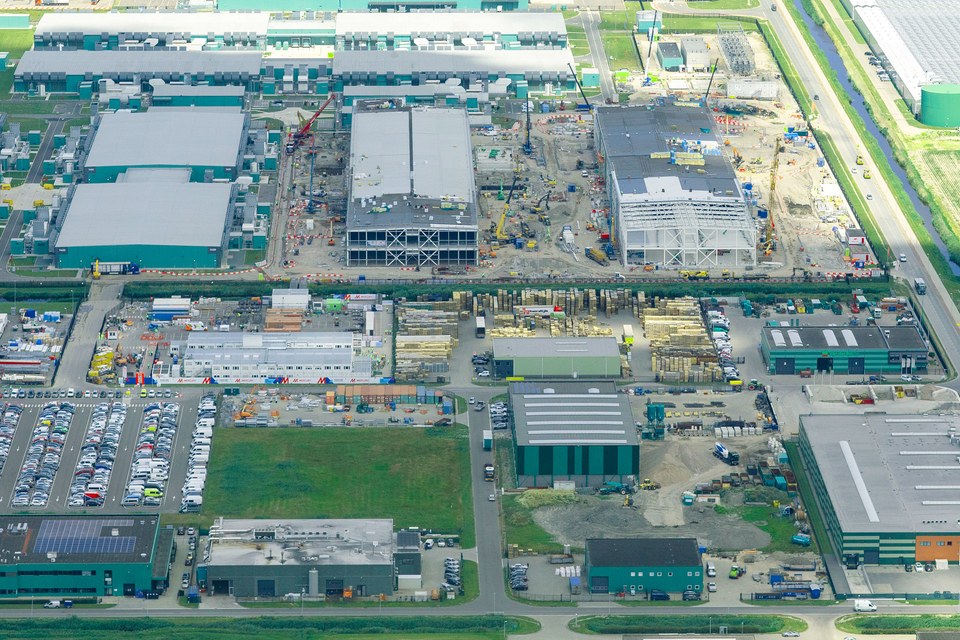
Amid the intricate landscape of Australia’s construction industry and geopolitical challenges looming large, collaborative contracting emerges as a powerful strategy for stakeholders across construction projects in Australia.
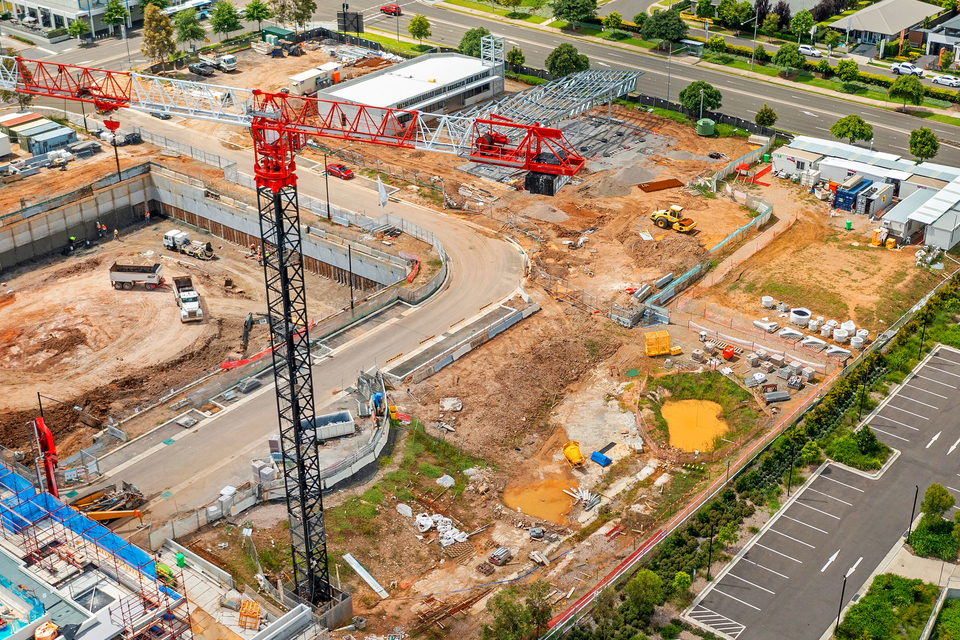
There have been a number of important developments in English construction law during the past two years, several of which relate to, or arose in the context of, building and fire safety. We examine their ramifications.


As the urgency to combat climate change escalates, the construction and engineering sectors are stepping up to the challenge. With a growing emphasis on net-zero solutions, contractual provisions tailored to sustainability are gaining momentum, highlighting a pivotal shift toward greener practices within these industries.
The infrastructure and construction industry is responsible for 79 percent of greenhouse gas emissions worldwide, according to the United Nations (UN). Despite continuous talk about ways to address the climate crisis, in a 2022 report on building and construction, the UN Environment Programme–hosted Global Alliance for Buildings and Construction concluded: "The gap between the actual climate performance of the sector and the necessary decarbonization pathway has been widening since 2018."
The construction industry will play a key role in supporting the UN’s sustainable development goals and the decision-makers are increasingly looking to construction contracts to mitigate related consequences associated with construction projects
The construction industry will play a key role in supporting the achievement of the UN's sustainable development goals and the 2015 Paris Agreement on climate change, and industry decision-makers are increasingly looking to construction contracts to mandate and promote climate change goals, and to mitigate the related consequences associated with construction projects.
While, historically, operative contractual provisions seeking to allocate liability for harm to the environment appear within standard form construction contracts, there is an increasing desire to include provisions within contracts specifically relating to climate change and net-zero solutions.
A number of standard form construction contracts already include environmental protection clauses.
In the widely used Fédération Internationale Des Ingénieurs-Conseils (FIDIC) contract forms, as published in 1999 in its Red, Yellow and Silver Books, sub-clause 4.18 requires contractors to take "all reasonable steps to protect the environment (both on and off-site)" and to "limit damage and nuisance to people and property resulting from pollution, noise and other results of [the contractor's] operations."
If the contractor fails to take "all reasonable steps," the contractor will be in breach of its obligation. Additionally, the contractor must ensure that emissions and other pollutants from its activities will not exceed those set out by the FIDIC or prescribed by applicable laws.
Under these terms, even if the specification or employer's requirements do not indicate any values, the contractor is nevertheless required to ensure its emissions do not exceed the values prescribed by law. These requirements expressly apply to the contractor's activities and so will not apply to the operation of the works after handing over to the employer.
The FIDIC Contracts Guide (published in 2000) suggests that matters such as emissions requirements for contractor-designed works should be specified in the employer's requirements and could form part of the tests after completion. To the extent these requirements are covered by the contractor's obligations—in particular the obligation to "design, execute and complete the works in accordance with the contract"-then a failure may mean the works are not complete for the purposes of taking over, or could constitute a defect under sub-clause 11.1, which addresses completion of outstanding work and defects that the contractor will be required to remedy.
79%
The infrastructure and construction industry is responsible for 79 percent of greenhouse gas emissions worldwide, according to the UN
The 1999 books also contain a corresponding obligation on the employer to ensure that the employer, the employer's personnel and the employer's other contractors onsite cooperate with the contractor's efforts under sub-clause 4.18.
Although sub-clause 4.18 does not include an express environmental indemnity, environmental damage resulting from "pollution" or "the results of [the contractor's] operations" are addressed, at least in part, by indemnities set out in sub-clause 17.1. These cover areas including third-party claims, damages, losses and expenses with respect to bodily injury, sickness, death or disease, and damage to or loss of property.
Sub-clause 4.18 was updated in the 2017 edition of the FIDIC's Red, Yellow and Silver Books. The revised clause is similar to that in the 1999 edition, but amends and expands the contractor's environmental obligations by requiring the contractor to "take all necessary measures" to protect the environment, comply with any environmental impact statement for the works, and limit damage and nuisance to people and property resulting from pollution, noise and other results of the contractor's operations and activities. The corresponding obligation on the employer under sub-clause 2.3 has also been retained.
The Joint Contracts Tribunal (JCT) Design and Build Contract (2016) includes supplemental provisions that apply unless otherwise stated in the contract particulars. Similar provisions can also be found in other JCT standard form contracts.
Under supplemental provision 8.1 (sustainable development and environmental considerations), the contractor is encouraged to suggest economically viable amendments to the works that "may result in an improvement in environmental performance in the carrying out of the works or the completed works." The use of the word "encouraged," though, does not place any binding obligations on the part of the contractor.
TCLP
The Chancery Lane Project is the largest global network of lawyers and business leaders using the power of climate contracting to deliver fast and fair decarbonization
Under supplemental provision 8.2, the contractor is required to provide the employer with all information as reasonably requested and with respect to the environmental impact of the supply and use of materials and goods that the contractor selects. However, any requirements in relation to the contractor's selection of materials and goods are notably absent from the provision.
Additionally, under supplemental provision 9.1 (performance indicators and monitoring), the contractor's performance is to be monitored and assessed by reference to any performance indicators stated or identified in the contract documents.
Supplemental provision 9.3 requires a contractor to submit proposals to the employer for improving its performance against any of these performance indicator targets, which may not be met with the consequences of any failure by the contractor to meet any performance indicator targets left for the parties to determine and on which to agree.
The New Engineering Contract (NEC) is another popular standard-form construction contract. Like the JCT contract, the NEC4 Engineering and Construction Contract (ECC) includes key performance indicators—an aspect of performance by the contractor for which a target is to be stated in an incentive schedule.
The contractor is responsible for reporting its performance against each of the key performance indicators from the project start date to the issuance of the defects certificate. If the contractor achieves or improves upon the target, it will be paid the relevant amount stated in the incentive schedule; if it fails to achieve a target, it is required to submit a proposal to the project manager. As drafted, liquidated damages or reductions to amounts otherwise due under the contract do not apply in case of a contractor not meeting a target, but the parties are free to provide for these if they wish.
Option X21 of the NEC4 ECC is a whole-life cost provision, permitting the contractor to propose changes to the scope in order to reduce the cost of operating and maintaining an asset over its whole life, such as through energy-saving practices or technology.
When a quotation to reduce the costs of operating and maintaining an asset is accepted, the project manager will then change the scope, the prices, the completion date and key dates accordingly, and accept the revised program. However, as drafted, the change to the scope is not classified as a compensation event.
The NEC is continuing to update its contracts to recognize the challenges of climate change, and it recently published secondary option X29 climate change clauses, which are intended to "reduce the impact of the creation, operation, maintenance and demolition of the works on climate change."
The X29 clauses introduce climate change requirements, which the contractor is required to comply with in order to complete the works in accordance with the scope, as well as a requirement for the contractor to provide a climate change plan as to how it intends to meet these climate change requirements.
A failure by the contractor to meet the climate change requirements constitutes a breach of its obligations. If the contractor's failure relates to the works, this will constitute a defect, and the contractor will be required to correct it. If the failure relates to how the contractor is to provide the works and any constraints on working practices—this would not constitute a defect but would still need to be addressed.
The NEC suggests that the climate change requirements could specify, for example, levels of recycling, use of renewable power on-site, use of electric vehicles, reducing waste generation, or designs that reduce carbon emissions. However, it also advises that the requirements should be achievable and not place too much risk on the contractor.
The X29 clauses also provide an option for the inclusion of a "performance table" against which the contractor's performance will be measured, enabling the client to set financial incentives to encourage the contractor to achieve stated performance targets—with the option of including positive or negative financial incentives. As drafted, the contractor is responsible for reporting its performance against the targets in the performance table. The method and rules used to compile the performance table are left to be determined, but the targets are likely to be set by the client.
Finally, the X29 clauses permit the contractor to propose changes to the scope in order to "reduce the impact of the creation, operation, maintenance or demolition of the works on climate change," which may include changes to the climate change requirements themselves. This process requires the mutual agreement of the contractor and the project manager.
When a quotation to reduce the costs of operating and maintaining an asset is accepted, the project manager will then change the scope, the prices, the completion date and key dates accordingly and accept the revised program. Again, as drafted, the change to the scope is not classified as a compensation event.
Aside from the standard forms, the Chancery Lane Project (TCLP), a collaborative initiative of more than 3,100 legal and industry professionals across 335 organizations in 113 countries, has produced a set of new contractual model clauses seeking to deliver climate change solutions including a few for contracts within the construction sector. Each clause is named after one of the children of the lawyers who have helped draft it.
A number of these clauses are tailored specifically for construction and engineering contracts, and aim to provide a practicable method to promote and embed climate change solutions.
"Ashkan's Clause," which relates to sustainable on-site working practices, incentivizes the contractor to comply with a contractual schedule of green working practices by way of payments from a "green retention fund." The green retention fund is a percentage amount of the contract price, to be agreed between the parties, which the contractor may be entitled to be paid.
However, as drafted, it is unclear how the green retention fund will be funded and what impact it could have on the project cost and the contractor's price for the works. According to sub-clause 3.2, payment is made on a sliding scale depending on the level of compliance that the contractor demonstrates during the course of the works. At practical completion, the balance of any retention will be distributed to an agreed-upon climate-focused charity, making the clause revenue-neutral for the employer.
A failure by the contractor to meet the climate change requirements constitutes a breach of its obligations
While parties can negotiate their own green working practices, TCLP's suggested schedule includes requirements as to usage of energy-saving lighting, savings in usage of water and re-usage of materials on-site.
"Ayshe's Clause" seeks to support transparency in supply chains for renewable energy generating assets. The clause requires developers, manufacturers, installers, contractors and any other parties involved in the renewable energy, technology, transport, mining and manufacturing supply chain to reduce greenhouse gas emissions and environmental pollutants; to safeguard against modern slavery; and to minimize environmental impacts. The clause has multiple uses and, as well as construction and engineering contracts, can be incorporated into power purchase agreements, joint venture agreements, supply agreements, and sale and purchase agreements.
"Edgar's Clause" promotes nature-oriented solutions and biodiversity on land that might otherwise be used in environmentally detrimental and unsustainable ways, while "Estelle's Clause" seeks to align projects with the goals of the Paris Agreement to ensure that during construction and on completion, the project meets net-zero objectives. The clause amends the standard of care to be exercised by a contractor or service provider to include best industry practice to mitigate climate change risk, to ensure in turn that the project achieves its green objectives.
"Francis's Clause" requires a contractor to produce a site waste management plan for intended works and provides for key performance indicators to incentivize the contractor to reduce waste and ensure resultant greenhouse gases are minimized.
Meanwhile, "Izzy's Clause" introduces a mechanism that benchmarks a contractor's carbon footprint against what is feasible in the market. Should the contractor fail to meet the minimum greenhouse gas emissions target for any year, the employer can request a comparison between the contractor's performance and the wider construction industry, and such failure may result in financial penalties for the contractor.
The benchmarking exercise is to be determined by a climate professional engaged by the employer, and the market benchmark is to be determined by data or information from sources such as: other contractors or suppliers of deliverables or services available in a comparable market and for a comparable project; a reasonably reputable source; testing the market; or a combination of all three. As drafted, it is unclear whether the market benchmark is fixed, or whether it can be updated during the course of a project.
TCLP has clauses that are tailored specifically for construction and engineering contracts, and aim to provide a practicable method to promote and embed climate change solutions
"Luna's Clause" encourages contractors and employers to provide more sustainable construction solutions. The contractor is incentivized to propose net-zero modifications to the works and, in turn, may be entitled to an extension of time to the completion date and additional remuneration arising from any accepted net-zero modifications.
"Mary's Clause" amends the JCT's standard design-and-build form of contract to require the contractor to achieve specific standardized energy efficiency requirements at the practical completion of new build and renovation projects. "Madhavi's Clause" also amends existing practice, taking the sustainable practices and net-zero-aligned provisions in the TCLP's construction clauses and adapting them for modern methods of construction (MMC). It enables parties to embed their vision of sustainability through the use of MMC within contracts, while simultaneously achieving the cost and efficiency benefits associated with MMC offers.
"Olivia's Clause" introduces a new clause for inclusion in the FIDIC Conditions of Contract for EPC/Turnkey projects—the Silver book—by incentivizing the contractor and any subcontractors to act sustainably in carrying out the works by setting targets to reduce greenhouse gas emissions. The contractor can benefit from being paid the full premium under the contract if it meets certain benchmarks. The clause also contains an option to cascade the obligation where the contractor employs subcontractors.
"Rose's Clause" is tailored for use in the project finance market in particular, and provides for: conditions precedents; representations and warranties; covenants; and events of default to address climate risks both during the construction and operations phase of a project. Should a party materially fail to meet these expectations, it is required to propose and take remedial measures, and failing which, a right to early termination and early loan repayment would arise.
Finally, "Tristan's Clause" sets a carbon budget for projects using the JCT Design & Build Contract 2016. The clause imposes liquidated damages if the budget is exceeded, and stipulates that the contractor is to provide monthly management information on its ongoing compliance to enable the employer to assess the progress of the works toward meeting the carbon budget. The rate of liquidated damages for breach is based on the cost of offsetting any excess carbon emissions and/or remedying an employer's breach up the contractual chain.
"Robyn's Questionnaire, " also produced by TCLP, helps organizations to assess their subcontractors' and suppliers' climate change risk credentials. The intention is to track and drive continual progress toward net-zero, so that the subcontractor or supplier is aware of and incentivized to meet the best practice position and expectations.
While the green provisions in the standard form construction contracts have been relatively limited in terms of their scope and effect to date, the industry is increasingly aware of the role it plays in identifying and implementing sustainable practices
Establishing the overall climatic impact of a large construction project is difficult. The task requires significant upfront planning and investment, particularly where the impact is not limited to the works themselves but spreads across the entire supply and delivery chain. Indirect, or "scope 3" emissions account for a significant proportion of the overall carbon emissions from a project, but can be difficult and costly to monitor in practice.
A number of the green provisions in standard form construction contracts are contingent on the requirements of local environmental laws and protections. As a result, for larger, more complex projects, it can be difficult to determine precisely which requirements need to be met, which metrics ought to be adopted and whether the benchmarks are likely to change throughout the course of the project.
While a number of the green provisions provide for a set of contractual requirements, they do not prescribe the framework against which compliance will be measured and certified. Instead, this is often left to the parties themselves to determine, monitor and verify.
Parties are increasingly adopting internationally recognized standards for rating and third-party certification, and independent rating and certification tools are increasingly provided for in bespoke contracts, and by way of amendments to the various standard form construction contracts.
Examples of rating systems include the UK-developed Building Research Establishment Environmental Assessment Method (BREEAM), which provides a science-based suite of validation and certification systems, and sets a benchmark standard for sustainable building design, construction and operation.
The Leadership in Energy and Environmental Design (LEED) system was developed in the US and provides a holistic system for implementing green building design, construction and operations and maintenance, as well as third-party verification of green buildings.
Separately, the Greenroads Rating System, a sustainability rating system for transport projects, challenges project teams to go above and beyond minimum environmental, social and economic performance measures and to evaluate projects through independent, third-party review.
A number of projects have already adopted these assessments as part of their project vision. For example, Expo 2020 Dubai completed eight BREEAM Infrastructure assessments achieving CEEQUAL Excellent for its permanent infrastructure assets in its bid to become the most sustainable World Expo in history.
BREEAM was also recently used on the "Viking Link," a 1,400 MW high-voltage direct-current electricity link between the British and Danish transmission systems, with the project also achieving a CEEQUAL Excellent Sustainability Rating.
Given the prevalence of competitive tendering processes as well as competition for available resources, bidders look to ensure adequate protection against the cost of any new environmental legislation that may be introduced during the course of a construction project. Where climate change or other "green" requirements are perceived to be unduly onerous on contractors, or too costly to comply with, in extreme circumstances, this can lead to bidders refusing to bid for the work at all.
While the green provisions in the standard form construction contracts have been relatively limited in terms of their scope and effect to date, the industry is increasingly aware of the role it plays in identifying and implementing sustainable practices in achieving project visions. The FIDIC has publicly acknowledged that it is in a unique position to influence the key stakeholders in the industry.
Obligations to comply with requirements relating to climate change as well as ESG more generally are becoming a key consideration for industry decision-makers, in particular lenders and investors.
Construction contracts provide an obvious framework within which parties can establish and realize greener and more sustainable ways of working. While the market has yet to determine and adopt an objective and standardized carbon benchmark regime, parties are adopting internationally recognized standards for rating and third-party certification and, although the cost of achieving compliance with green requirements remains an obstacle for some bidders, addressing the issues is no longer optional, and construction contracts can offer the flexibility to include financial incentives to ensure targets and goals are delivered.
White & Case means the international legal practice comprising White & Case LLP, a New York State registered limited liability partnership, White & Case LLP, a limited liability partnership incorporated under English law and all other affiliated partnerships, companies and entities.
This article is prepared for the general information of interested persons. It is not, and does not attempt to be, comprehensive in nature. Due to the general nature of its content, it should not be regarded as legal advice.
© 2024 White & Case LLP